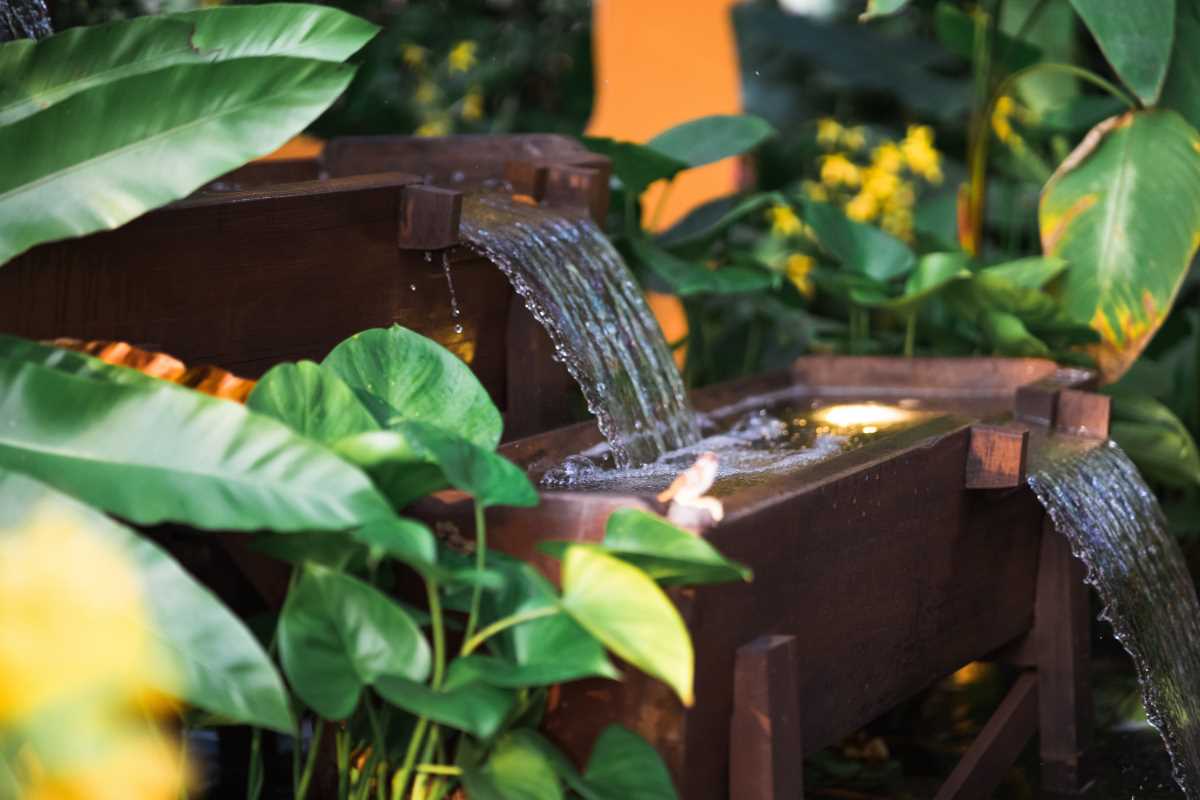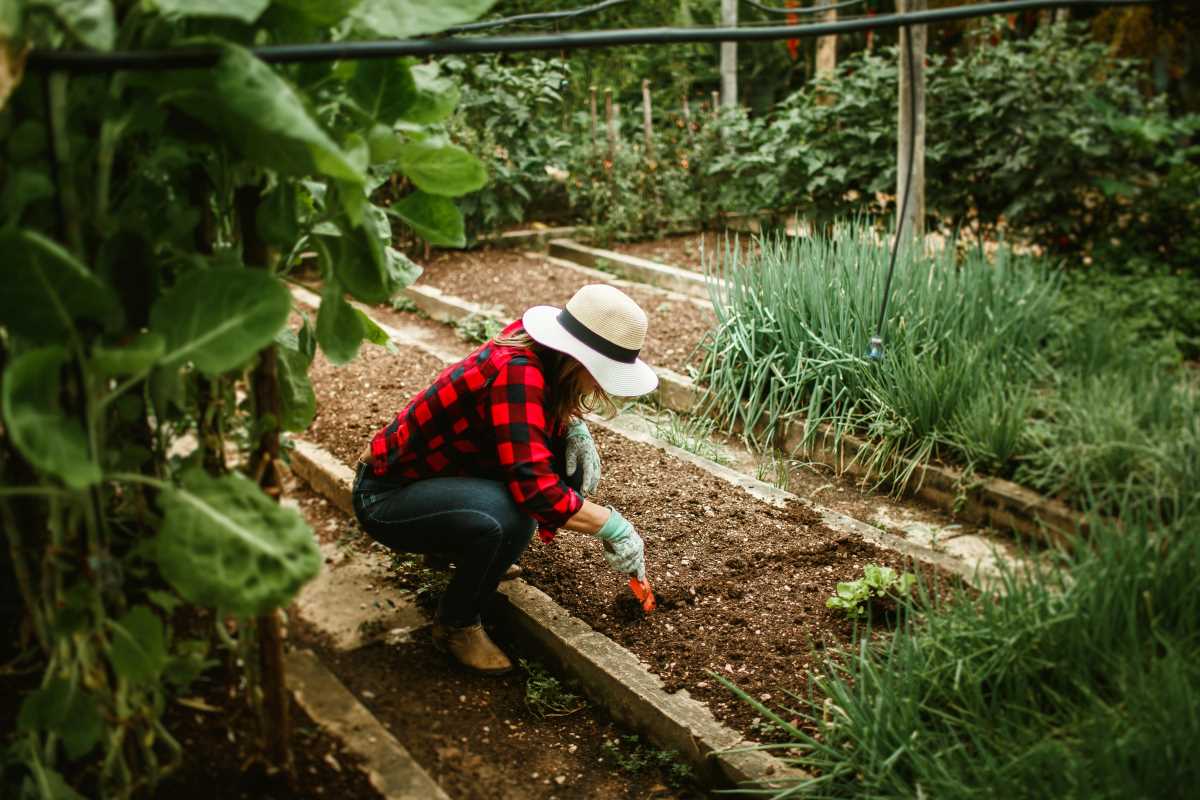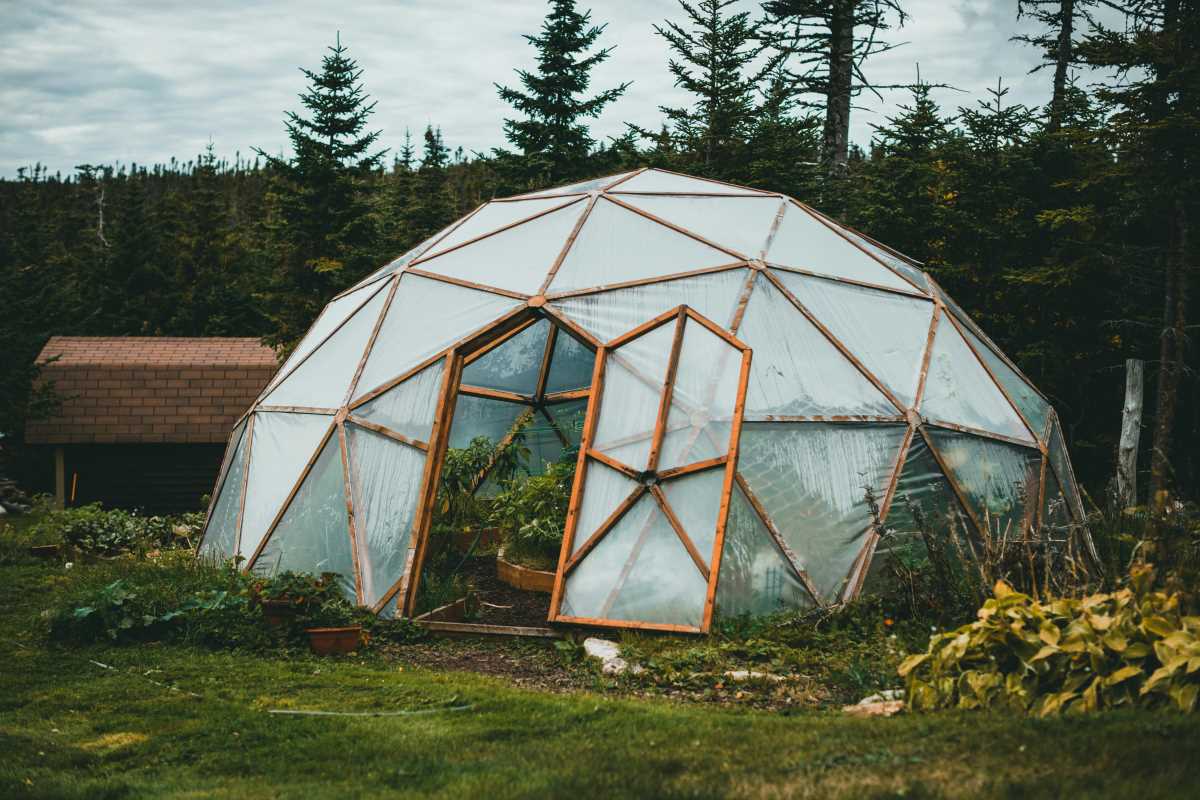Preparing your garden beds for winter gives you a rewarding opportunity to nurture your outdoor space before colder weather arrives. Tending to your plants and soil ahead of time helps maintain a beautiful and healthy garden, even as temperatures drop. By taking a few simple steps to protect your beds, you can enjoy the peace of mind that comes from knowing your garden will be well-cared for during the winter months. With a bit of effort now, you set the stage for a vibrant and welcoming landscape once spring returns.
This process not only safeguards your plants but also strengthens the soil and tools you rely on, making the upcoming growth season a breeze.
Assessing Your Garden Beds
Begin by closely inspecting your garden beds. Check if the soil feels too compacted or too dry, notice if plants look stressed, and examine bed edges for signs of falling apart. Taking a little time now to check these details creates a roadmap for the tasks ahead.
Keep an eye out for these details to help guide your next steps:
- Soil moisture and texture consistency
- Visible signs of plant stress or disease
- Unwanted weed growth disrupting your garden’s shape
- Structural weaknesses like loose borders or broken supports
Write down your observations in a small notebook to make planning practical fixes and improvements before winter arrives easier.
Clearing and Cleaning Up
Remove remnants of the growing season to prevent overwintering pests and diseases. Clearing away dead plants, fallen leaves, and weeds creates a cleaner, healthier bed for the soil to breathe during colder months.
Follow these simple steps to tidy up:
- Gather and eliminate all debris, such as wilting leaves and broken stems.
- Pull out weeds carefully, making sure you remove most of the roots.
- Dispose of old plant materials by placing them in a bag or composting them safely, especially if they show signs of disease.
- Rake the soil gently to remove any lingering detritus and help aerate the surface.
This routine cleanup makes your garden less welcoming to pests and gives your soil a fresh start for new nutrients.
Improving Soil Health for Winter
Enhance your soil now to set the stage for strong plant growth when warmer weather arrives. Add organic matter like compost and mulch to improve soil texture and nutrient content, helping it stay resilient during colder months.
For example, spread a two-inch layer of compost over the bed and cover it with mulch. This enriches the soil and acts as insulation, moderating temperature swings and maintaining moisture levels. Simple steps like these invite beneficial organisms back into your garden while protecting plant roots.
Plant cover crops such as clover or rye to maintain soil structure and prevent erosion, ensuring that your winter efforts continue to pay off in spring.
Protecting Perennials and Delicate Plants
As the temperature drops, perennials and more fragile plants need extra care. Cover them with light materials like straw or burlap to create a cozy barrier against frost without trapping too much moisture. Sometimes, even an old blanket, secured loosely, can provide the extra warmth needed during a surprise cold snap.
Move potted plants or particularly vulnerable species to sheltered locations such as a porch or a small greenhouse area. Regularly check doorways and windows for drafts that might affect indoor plants.
These protective measures are all part of preparing your garden beds to withstand winter's chill. Taking these careful actions means that even during frosty mornings, your plants continue to rest safely.
Winterizing Garden Tools and Equipment
Clean and properly store your tools and equipment before winter fully sets in. This maintenance ensures that your rakes, shovels, and other gadgets stay in great condition for the next season of work.
Focus on these key points:
- Wash and remove all dirt from the tools using warm, soapy water.
- Dry metal parts thoroughly to prevent rust from forming during storage.
- Oil wooden handles and metal joints to protect against moisture damage.
- Store your equipment in a dry, covered area to shield it from winter dampness.
By taking these steps, you prolong the life of your equipment and make sure everything is ready for use when spring arrives.
Prepare now so your garden is ready for spring. Enjoy the process and anticipate your outdoor space blooming when the season arrives.
 (Image via
(Image via





